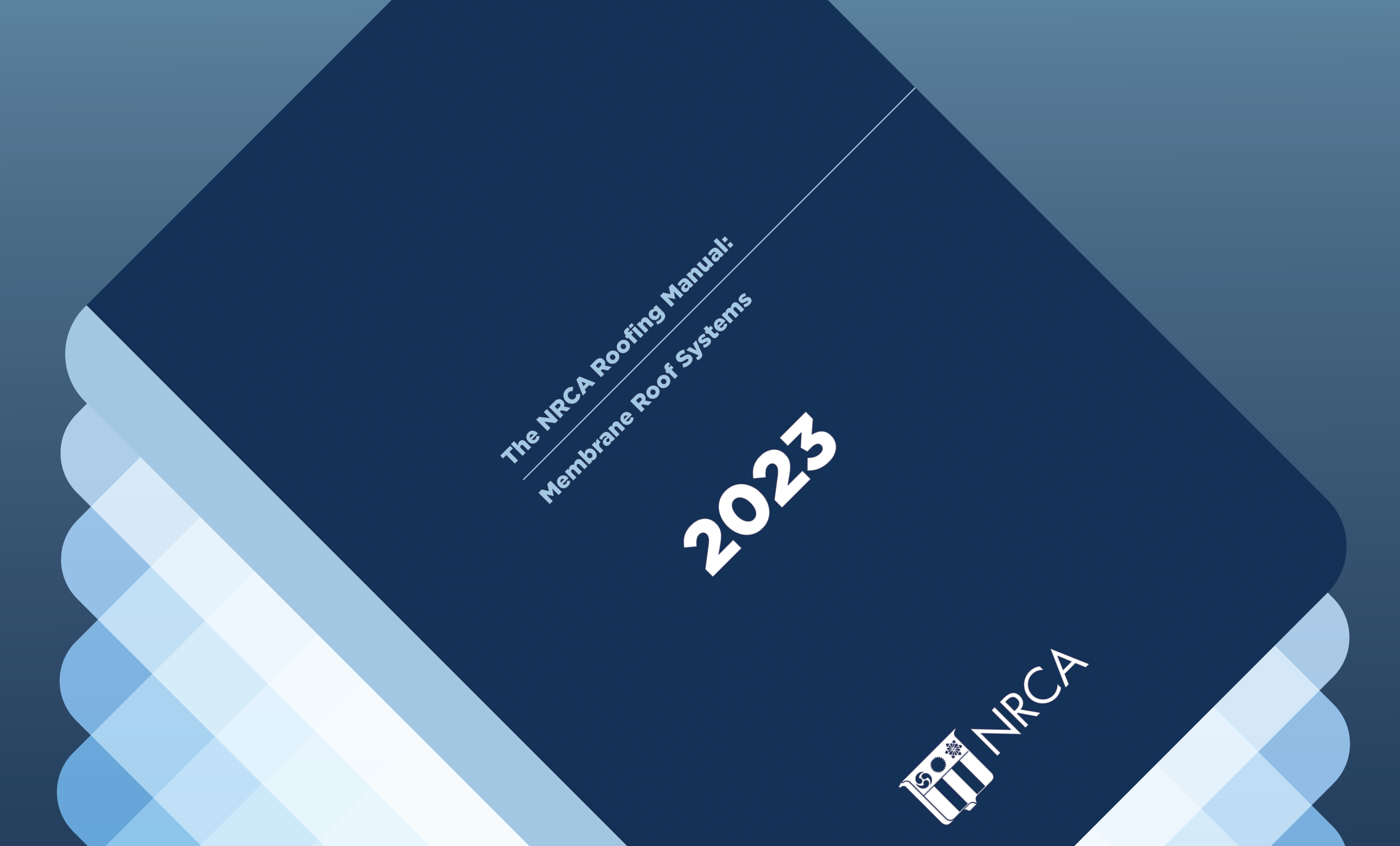Survey reveals challenges employers face regarding PPE usage

|
A recent survey conducted by personal protective equipment provider J.J. Keller, Neenah, Wis., shows most safety managers and coordinators have difficulty ensuring workers wear PPE, according to constructiondive.com.
Survey respondents mainly were from the manufacturing, transportation and construction sectors, and most were responsible for buying PPE, training employees regarding proper use and ensuring employee compliance.
More than 70% of respondents said employees have communicated they do not wear PPE because they simply do not want to, and half of respondents said employees do not believe PPE is necessary or say it makes the job more difficult.
One in three respondents indicated buying PPE in the right sizes was a struggle—55% said larger sizes were needed and 41% said smaller sizes were needed. The sizing issue most often related to head and upper body protection; 53% of respondents said they have trouble with both. Thirty-five percent of respondents said they struggle to find PPE to fit female employees. Respondents emphasized finding the right fit is essential so the PPE fits workers comfortably for the entire workday.
Open-ended comments to the survey indicated managers also struggle to ensure proper PPE usage in heat. A previous J.J. Keller survey found 93% of workers’ environments reach temperatures in which using PPE could raise the risk of heat illness. Also, about half of respondents said they sometimes experience supply chain delays—leaving them without crucial protective equipment—and one in four experience delays often.
Owens Corning enhances shingle recycling efforts

|
NRCA One Voice member Owens Corning, Toledo, Ohio, has announced enhanced shingle recycling efforts and a goal to recycle 2 million tons of shingles per year in the U.S. by 2030.
“Owens Corning has a strong sustainability foundation and has set ambitious goals. This includes establishing circular economy business models that ensure materials in our products remain in the economy indefinitely. We are focused on bringing these breakthrough solutions to life as a critical next chapter of work in our sustainability journey,” says David Rabuano, Owens Corning’s senior vice president and chief sustainability officer. “Our mission is to build a sustainable future through material innovation and with this enhanced focus on shingle recycling we continue to make progress.”
The company is focused on two methods of shingle recycling: recycling old shingles into new shingles and recycling shingles into asphalt pavement. Both approaches intend to reclaim 100% of shingles to eliminate waste.
Owens Corning is piloting asphalt shingle recycling in partnership with ASR Systems, Bristol, Tenn., and CRS Reprocessing Services, Louisville, Ky. Located in Indianapolis at Indiana Shingle Recycling, the pilot, to be constructed and run by Indiana Shingle Recycling and CRS Reprocessing Services, will use several proprietary processes for deconstructing post-consumer and post-industrial shingles to extract and reuse individual component raw materials. These raw materials will be transported to Owens Corning manufacturing facilities where they will be tested in the production of new shingles.
Owens Corning also is leveraging its expertise in asphalt innovation to increase the use of recycled asphalt shingles in the paving market. By working closely with paving contractors, Owens Corning scientists have provided technical guidance for incorporating recycled shingles in an asphalt mix design that meets federal and state paving performance requirements. Through this work, Owens Corning has diverted 40 million pounds of used shingles from the landfill into pavement since 2020.
Be prepared to handle an employee’s mental health challenge

|
As an employer, you must be ready to respond effectively if an employee comes to you to talk about his or her mental health. How can you ensure you are prepared for the conversation?
Harvard Business Review offers the following tips:
- Be sure you have a baseline knowledge of available benefits and where to direct employees for support.
- Set boundaries to ensure you are providing compassion and guidance rather than playing the role of a therapist. Ask questions about the effects of the employee’s mental health challenges and discuss necessary work accommodations but avoid questions about what is causing the challenges.
- Make the conversation about the employee and his or her needs. You could ask what he or she needs from you—whether it is listening, being directed to appropriate resources or providing a distraction such as taking a walk together.
As part of its commitment to safety in the roofing industry, NRCA is a member of the Construction Industry Alliance for Suicide Prevention, a group of key industry organizations committed to promoting the safety and well-being of construction workers.
The Construction Industry Alliance for Suicide Prevention offers many resources on its website, preventconstructionsuicide.com, for employers and workers. Employers can take a pledge to STAND Up for suicide prevention by creating safe cultures, providing training to identify and help those at risk, raising awareness about the suicide crisis in construction, normalizing conversations around suicide and mental health, and ultimately decreasing the risks associated with suicide in construction.
Top 10 causes of construction claims or disputes
The fifth annual Crux insight report on global construction claims and disputes shows construction project timelines are being delayed because of the war in Ukraine, supply chain disruptions and rising materials costs, according to constructiondive.com. Inflation also now threatens project outcomes in the U.S.
“Many of the dominant causes of claims and disputes—notably change in scope, unforeseen physical conditions and deficiencies in design or workmanship—arise from short-sighted attempts to save time and money up front,” says Toby Hunt, partner at HKA, a London-based business consulting and services firm. The report lists the following as the top 10 causes of claims or disputes in the Americas:
- Change in scope
- Physical conditions were unforeseen
- Incorrect design
- Workmanship deficiencies
- Incomplete design
- Poor management of subcontractors, suppliers or their interfaces
- Design information was issued late
- Contract management or administration failure
- Contract interpretation issues
- Restricted or late access to the job site
The report recommended construction firms move toward digitalization, at least streamlining commonly used paper processes. It also emphasized team members involved must stay up to date with the latest technology and should share access to digital platforms.
Late payments cost the construction industry $208 billion in 2022

|
A September 2022 survey from Austin, Texas-based construction finance software firm Rabbet shows late financial payments cost the construction industry $208 billion in 2022—a 53% increase compared with $136 billion in 2021, according to constructiondive.com.
However, the report stated though the increase was large, it was typical considering the current economic climate, which is affected by inflation and interest rate increases.
The survey asked 137 general contractors and subcontractors in the U.S. about how they managed working capital, bidding decisions and project risks while facing slow payments during the previous 12 months. Fifty-seven percent of respondents were general contractors, and 43% were subcontractors; about half of each group were small businesses worth less than $5 million.
Thirty-seven percent of all respondents said late payments led to delays or work stoppages, and some contractors said they boosted their bids from 5% to 10% to help absorb costs.
According to the survey, 49% of subcontractors waited 30 days or more for their payments to come through, which basically was unchanged from 2021. Sixty-two percent of general contractors reported financial costs resulting from floating payments.
Percentage of women in construction hits all-time high

|
Data from the Bureau of Labor Statistics shows the percentage of construction workers who are women has steadily increased since 2016 and is at an all-time high, according to constructiondive.com.
An analysis from The Washington Post found as of August 2022, 14% of all construction workers were women; the previous high point for women working in construction was in October 2009 at 13.5%.
Hispanic and Latina women have largely contributed to the growth; the number of Hispanic and Latina women in the industry grew 117% during the past six years, and in 2020, the share of Hispanic and Latina women overtook the share of white women in the industry. The rates include women in office roles.
As of August 2022, Washington, D.C., had the highest percentage of women in construction at 17.6%. Arizona and Florida had 15.6% and 14.5%, respectively, and Delaware had the lowest percentage at 6.8%.
The ongoing labor shortage has led to more women entering the construction industry as companies struggle to meet demand. Additionally, labor groups and employers have tried to remove hurdles to help broaden the pool of trade workers.
Experts recommend employers set goals for diversity hiring and focus on inclusion and safety, including using inclusive language on job postings and employee materials to communicate opportunities for women.



